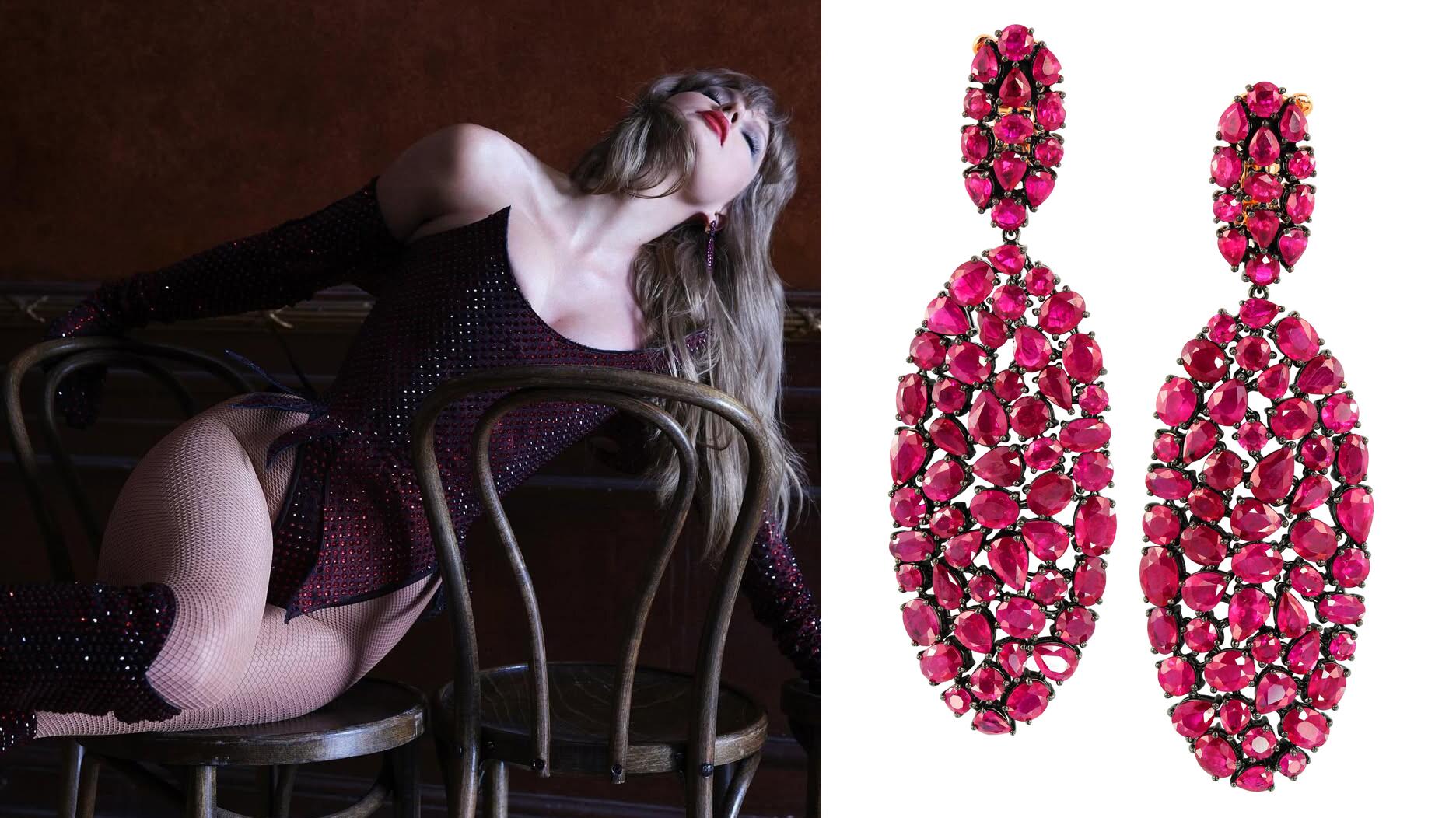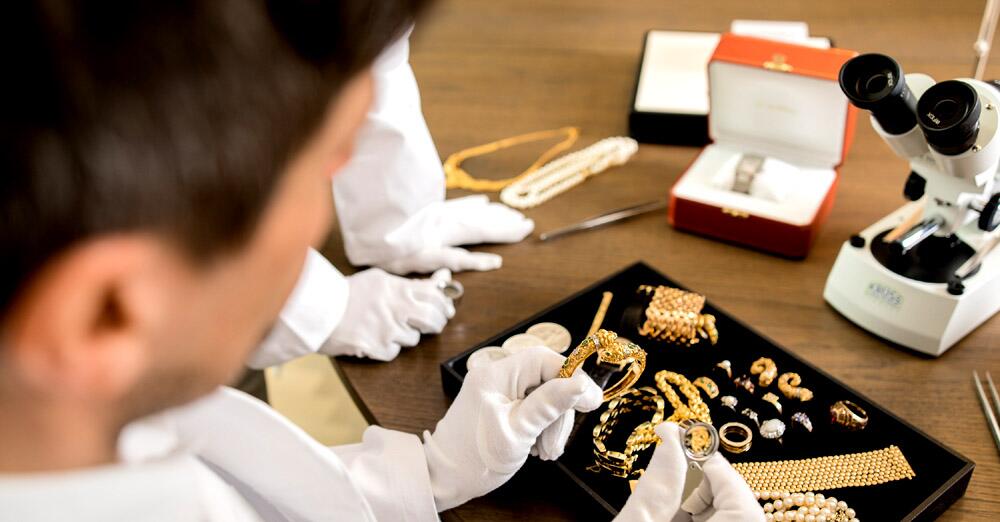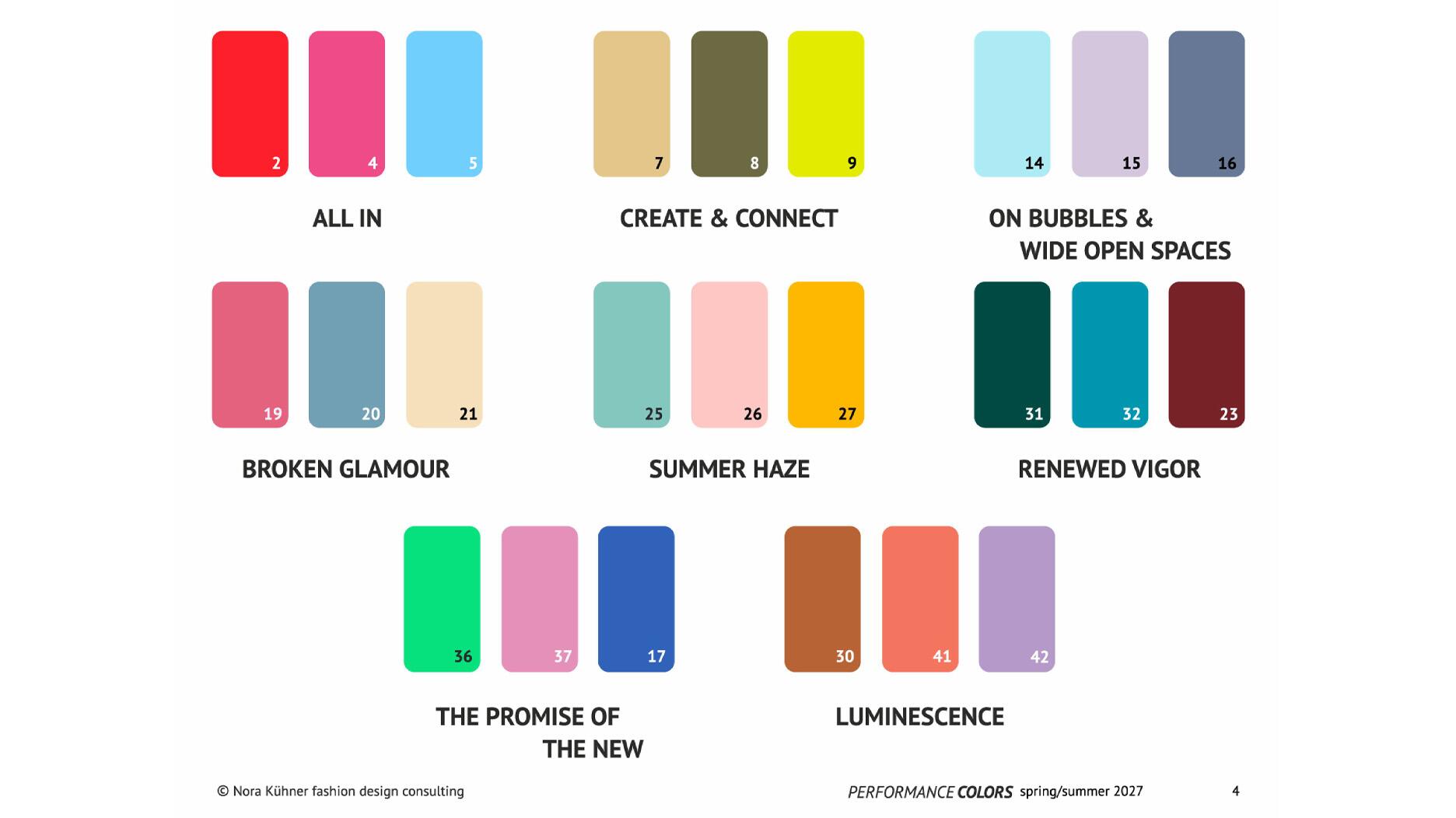The new stand-alone Rolex boutique is housed in the former Odd Fellows Hall, a landmark built in 1897.
Postcard Carlsbad: 3 Notes from GIA Symposium
Vision, flexibility and a call for gender diversity were among the points that made it into Editor-in-Chief Michelle Graff’s notebook.

Earlier this month, I headed out to the Gemological Institute of America’s headquarters in Carlsbad, California for the second time in my 11-year career at National Jeweler.
The occasion: GIA Symposium, the sixth such event organized by the institute, and the first to take place since 2011.
Symposium 2018 was a two-day event that divided education into two “tracks,” the Research Track and the Business Track. Three Harvard Business School professors led the sessions on the latter, which gave participants the opportunity to earn an HBS certificate.
The event wrapped up last Tuesday evening with what GIA dubbed the “Futurescape Forum,” a panel of five men and one woman (more on that later) assembled to weigh in on predictions made at the last Symposium seven years ago.
During the two-day conference, I traversed the hallway between the Westin Carlsbad’s Grand Pacific Ballroom and the Sunset Ballroom, bouncing back and forth between the informative HBS sessions and the research track, which included lectures on lab-grown diamonds, colored stone origin and a lot of science that, while interesting, was sometimes way over my head.
Overall I enjoyed the experience because, hey, it’s California. As I was leaving the palm trees, sunshine and perfect weather to return to the soupy mess that was, somewhat inexplicably, New York City in October, I wrestled with the same question I confront every few months: Why do I live here again?
Please enjoy my Symposium insights below; those who attended can feel free to add their thoughts in the comments section.
1. Diamonds are graded using the four Cs. Vision is assessed using only three.
One of the three Harvard faculty members leading lectures at Symposium was David Ager, a senior fellow in executive education at Harvard Business School.
As anybody who took one of his sessions can attest, Ager is an entertaining and engaging lecturer who bounds around the room like a wind-up toy with an endless supply of kinetic energy.
“I’m getting my steps in today,” he told the class Monday morning while presenting what turned out to be my favorite HBS session of the two-day conference: a case study on Jean-Claude Biver, the longtime watch executive who just announced he is semi-retiring, and his role in the re-emergence of the Swiss watch industry following the quartz “crisis.”
In his session, Ager talked a lot about Biver’s vision and, in a tongue-in-cheek appeal
They are: Conviction, the willingness to put your reputation on the line for said vision; Clarity, meaning the vision must clearly address an existing problem or meet a need; and Commitment, meaning the vision must capture the imagination of those around you and connect to a future reality with which they identify.
A vision, Ager noted, is not real until others adopt it, and should be constantly evolving.

2. Flexibility is key for employers to attract top talent today.
Overall, I thought much of the ground covered by the Futurescape Forum was not groundbreaking. We know that omnichannel is the future of retail and that younger consumers today want something “different,” which is why custom design has become so important.
Also, as much as I enjoyed Ager’s enthusiasm as a lecturer, as the forum’s moderator I thought he misfired when the discussion turned to lab-grown diamonds and their role in the industry going forward.
When the question came up, I assumed Ager would go first to panelist Bruce Cleaver, CEO of De Beers Group, since his company, you know, just launched a lab-grown line that’s set the industry on its collective ear.
But no, he put the question to the panelist whom I would say has the least interest/stake in lab-grown diamonds—Christie’s International Head of Jewelry Rahul Kadakia, whose business centers on selling stones like the 18.96-carat “Pink Legacy.”
Cleaver did weigh in on lab-grown diamonds a bit—basically saying the same thing De Beers has said since it announced Lightbox, that lab-grown diamonds are just for fun—but what I wanted Ager to ask was, how is Lightbox selling so far? And, how do the other panelists see the line impacting their businesses, particularly when it comes to sales of lower-priced fashion jewelry?
Despite the lab-grown question miss, the conversation did veer into some interesting territory when it came to the topic of hiring, with a few of the panelists commenting on employers’ need to be more flexible today.
Panelist Andy Johnson, CEO of Diamond Cellar Holdings LLC, said his company used to bypass candidates who, for whatever reasons, needed more flexible schedules.
Now, his five-store chain had adopted the philosophy of customizing the workplace in order to attract the right talent, even if that means hiring someone who can or wants to work only three or four days a week.
Blue Nile CEO Jason Goldberger added an anecdote about opting to hire an employee who has a desirous skill set but came with an unusual request—she wanted summers off.
Goldberger said while he would have flat-out rejected such a request a few years ago, he’s come around to the idea of working with candidates who ask for more flexible schedules. In her case specifically, he determined that nine months of contributions from this woman, whose work he loves, was better than zero and potentially losing her to a competitor.
3. The Futurescape was not female enough.
Since I started writing this post on International Day of the Girl, I could not leave out one of my favorite moments from GIA Symposium.
During the Q&A session following the Futurescape Forum, Jewelers Vigilance Committee Senior Counsel Sara Yood was first to step up to the mic, and she put this question to the panel: “I wonder what you’re doing to make sure that at [the next] Symposium, there is more than one woman on this panel?”
Yood’s question drew a hearty round of applause, which frankly made me jealous. I wish I had been the one to jump up and ask it, as I’d been wondering the entire time: Why is a five-man, one-woman panel leading a discussion on the future of a product—jewelry—that’s largely desired and consumed by women?
Now, the last time GIA held Symposium was in 2011, though GIA CEO and President Susan Jacques hinted that the institute might not wait another seven years before it holds the next one.
Given that, I’d like to take Yood’s inquiry a step further and suggest a few panelists to participate in the next Futurescape Forum:
— Lisa Bridge, Ben Bridge Jeweler. In November 2017, the now 33-year-old Bridge became the first woman to lead her family’s jewelry store chain, and is working to rebrand the business and revamp its 92 locations.
You can read more about Bridge’s plans in this Q&A I did with her shortly after she was named president last fall.
She was sitting behind me during the panel and, like a true lady boss who’s always working it, had to leave shortly thereafter to conduct another round of store visits.
Who better to speak on the future of retail than a millennial woman who’s running one of the biggest jewelry store chains in the country?
— Karen Goracke, Borsheims. Topics covered by the panel included the need for storytelling when selling, and the future lab-grown diamonds will play in the industry. I visited Borsheims in Omaha, Nebraska this past spring, which is why I know the store’s CEO can provide perspective on both these topics, and more.
Borsheims carries a line called Kalahari Dream Diamonds, which are sourced by Leo Schachter and directly benefit desert communities in South Africa, Namibia and Botswana. It’s a great story to tell that isn’t lost on consumers; when I was at Borsheims, two women looking at a display case of Kalahari Dream Diamonds were telling me how a portion of the proceeds from the stones’ sale went to build wells in Africa.
Alongside these mined diamonds that give back, Borsheims carries lab-grown diamonds, with Goracke telling me in May 2017: “We realize they are part of the industry, whether you are in favor of them or not. They’re out there. Rather than hide from it, we decided to … have the offering for the consumer who’s interested in it.”
Sounds like the right perspective to me.
—Dorothee Gizenga, Diamond Development Initiative. I would move for Gizenga to have more visibility at industry events across the board, as I think what her organization does is incredibly interesting and important.
Gizenga heads the Diamond Development Initiative, which is working to regulate artisanal and small-scale diamond mining so that it is safe, sustainable and benefits the miners, their communities and their countries.
She can certainly contribute to any conversations about sustainability and consumer perception of diamonds moving forward, as well as add perspective about lab-grown diamonds.
JCK’s Rob Bates did an interview with Gizenga just last month about man-made stones and their potential impact on the millions of people who make a living in artisanal mining, and the article is worth reading.
One last note on the future Futurescape Forum: I also have suggestions for knowledgeable women in the industry who would be willing and able to moderate (ahem).
The Latest

The Brilliant Earth ambassador co-designed a diamond medallion featuring meaningful symbols.
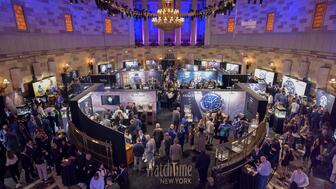
The three-day watch collector show, coming this October, will feature 44 exhibiting brands, as well as a new dinner experience.
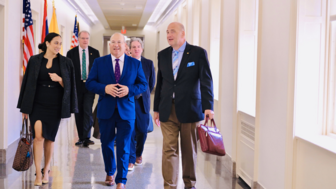
Jewelers of America is leading the charge to protect the industry amidst rising economic threats.
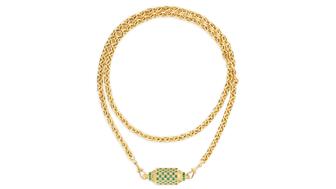
Wrap jewelry is more than just a trend; it’s the perfect motif for the coming season of layering, scarves, and pumpkin spice.


Sriram “Ram” Natarajan is now GIA’s senior vice president of laboratory operations and is based out of the lab’s headquarters in Carlsbad.
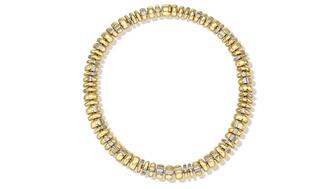
The one-of-a-kind collar represents the beauty of imperfection and the strength to rebuild.

As a leading global jewelry supplier, Rio Grande is rapidly expanding and developing new solutions to meet the needs of jewelers worldwide.

Three C-suite executives, including former CEO Tom Nolan, have resigned as part of what the company describes as a “transition.”
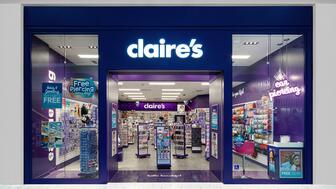
The retailer, which recently filed Chapter 11, inked a deal to sell its North American business and intellectual property.
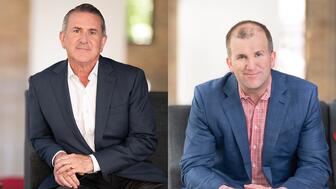
Target CEO Brian Cornell will step down in February and be replaced by the company’s chief operating officer, Michael Fiddelke.
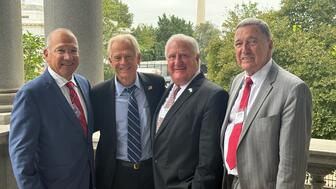
The group met with the president's senior trade advisor earlier this week to express the industry’s concerns about the effects of tariffs.

The pop-up will display this year's Tiffany & Co. Singles Championship trophies along with a diamond-encrusted tennis racket and ball.

The New Hampshire-based store has expanded to Boston, propelled by the success of Alex Bellman’s TikTok page, “The Truthful Jeweler.”

The latest incident happened Monday at a store in Oakland, California, continuing a pattern JSA first warned about last month.
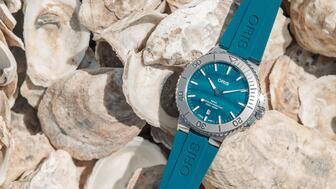
The new aqua green New York Harbor Limited Edition II is the watchmaker’s second collaboration with the Billion Oyster Project.
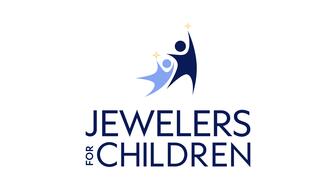
Participants who attend any three Rings of Strength events will be awarded a special medal.
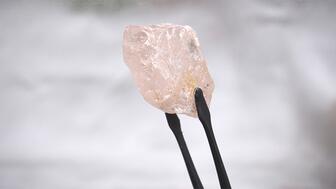
The investment company, founded by Dev Shetty, has acquired the struggling miner and its assets, including the Lulo mine in Angola.
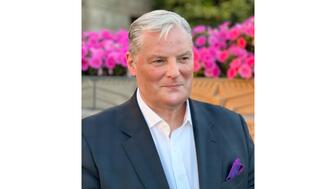
Smith shares wisdom he gleaned from a podcast he was listening to one morning while being walked by his dog, a Malshi named Sophie.

The counterfeit Van Cleef & Arpels jewels would have been worth more than $30 million if genuine.
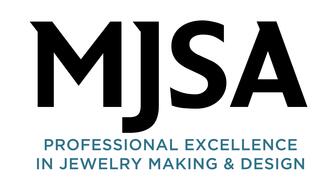
The MJSA Mentor & Apprenticeship Program received the Registered Apprenticeship Program designation by the U.S. Department of Labor.
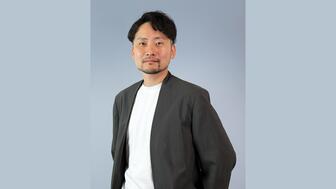
Casio executive and watch enthusiast Masaki Obu is the new general manager of its U.S. timepiece division.
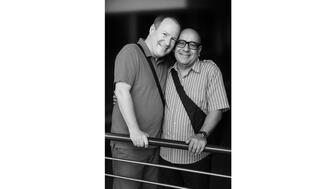
Barabash, Verragio’s client relations representative, was a vital member of the team and is remembered as being warm and full of life.

Originally introduced in 1992, the “Dot” collection is back with a capsule featuring five archival designs and three new creations.
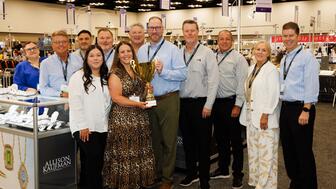
Allison-Kaufman has received the honor for the fourth year in a row.
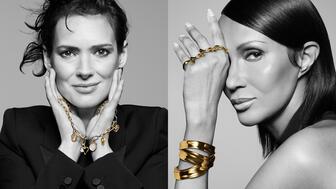
The company had a solid second quarter, with sales of non-charm jewelry outpacing sales of pieces in its core collections.
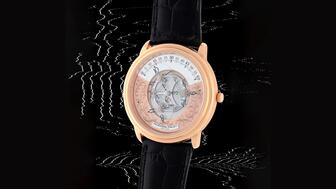
Its investment in micromechanics expert Inhotec will preserve skills essential to the watchmaking industry as a whole, said the company.










